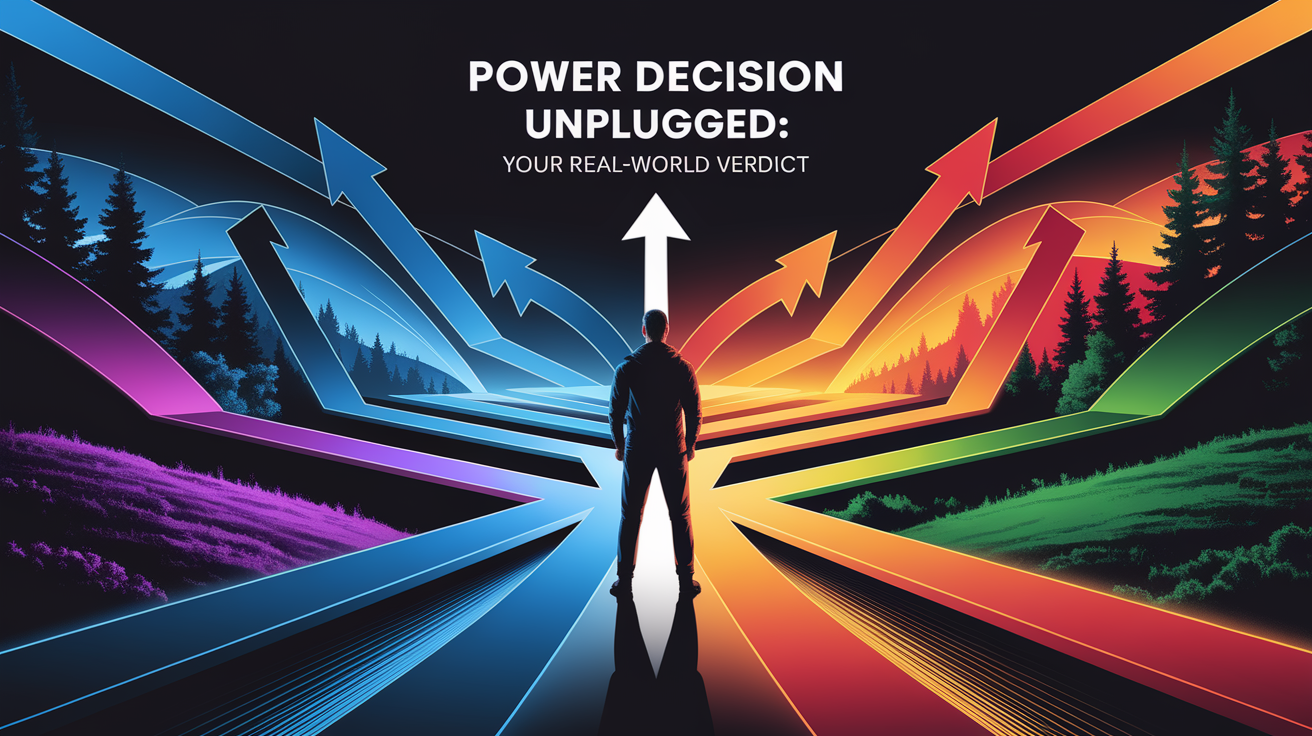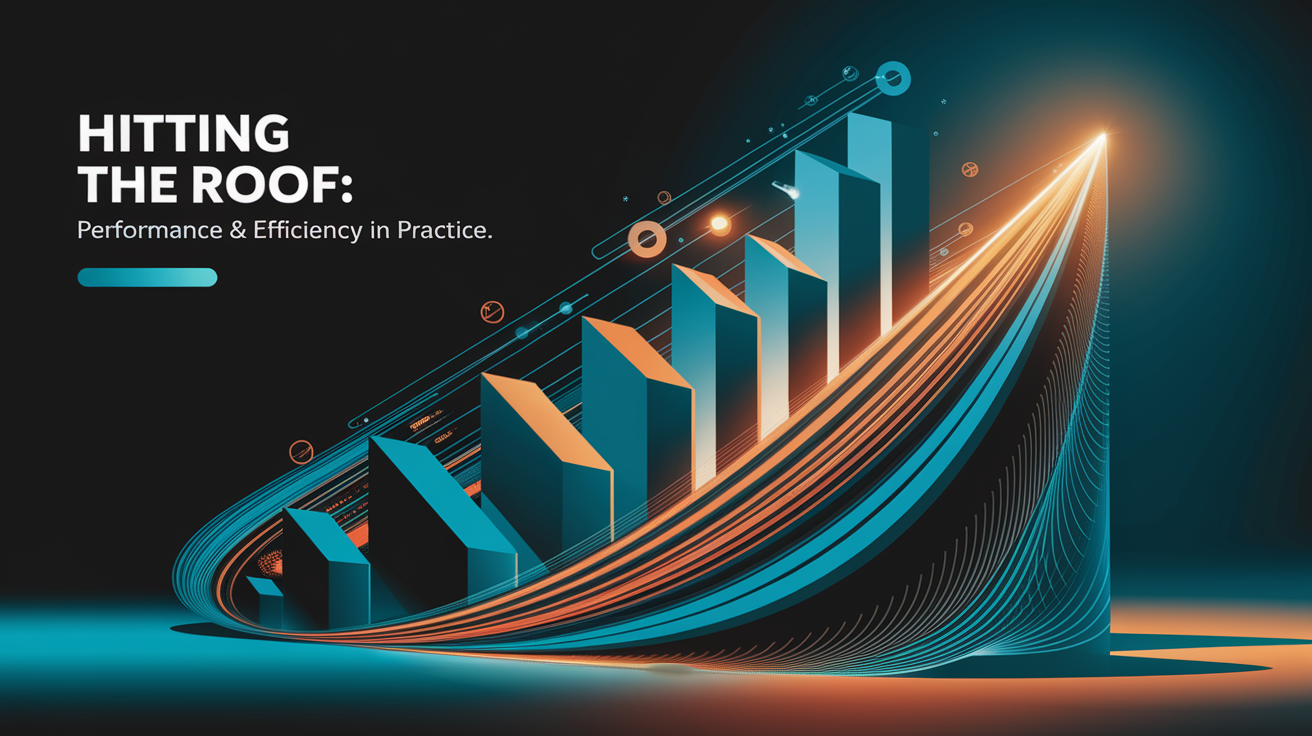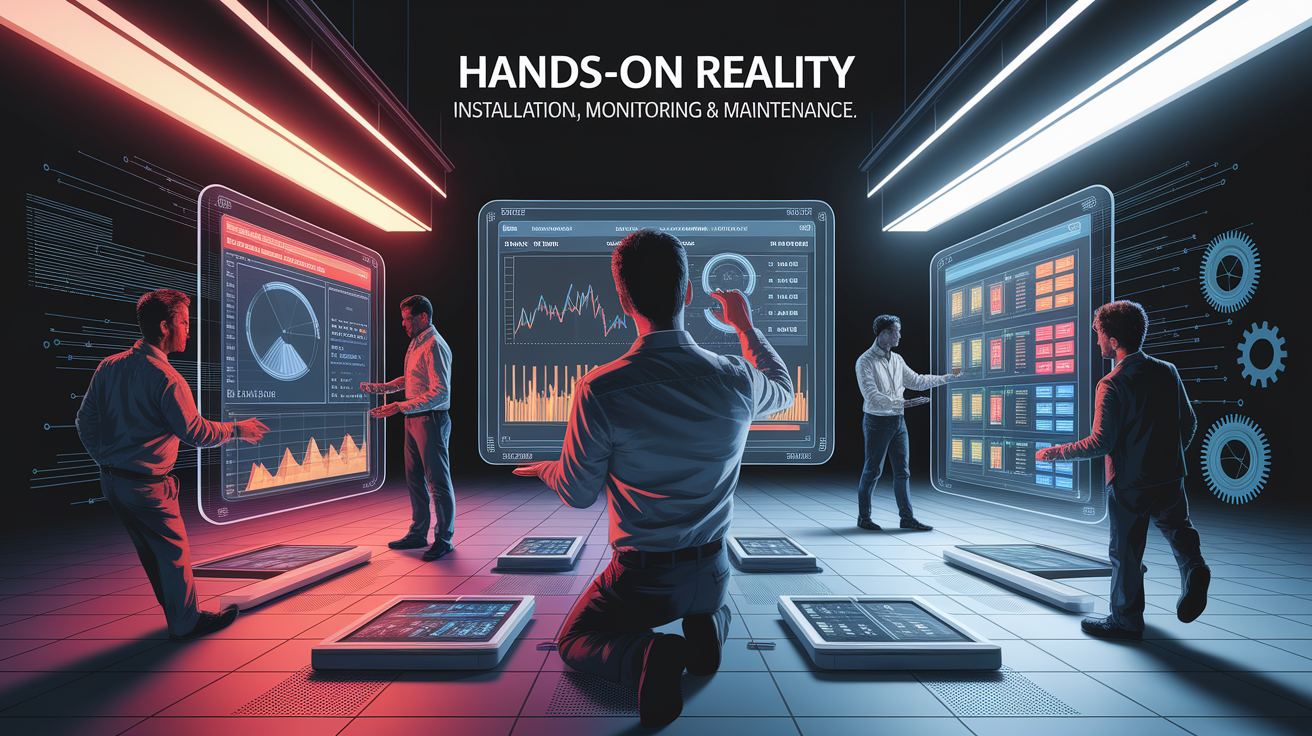Power Optimizers vs Microinverters: A Real-World Showdown
Power Decision Unplugged: Your Real-World Verdict
Choosing between microinverters and power optimizers is not just a technical decision—it’s a long-term investment strategy for maximizing solar energy yield, controlling costs, and ensuring system reliability. Both are forms of module-level power electronics (MLPE) that dramatically outperform traditional string inverters in shade tolerance, panel-level monitoring, and energy harvesting efficiency. But their operational approaches differ in ways that matter in the field: microinverters handle DC to AC conversion right at each panel, while power optimizers fine-tune each panel’s DC output before feeding it to a central inverter.

This difference in architecture impacts performance in uneven sunlight, scalability, maintenance, and even long-term ROI. Let’s break down the real-world distinctions so you can choose the right solution for your site conditions, performance goals, and budget.
Hitting the Roof: Performance & Efficiency in Practice
When it comes to raw performance gains, both systems excel in mitigating the losses caused by shading, soiling, or uneven module aging. Independent panel-level operation makes microinverters especially effective on rooftops with multiple orientations or partial shading—they can boost yields by 5–10% compared to traditional string inverter setups, according to field studies. Power optimizers typically deliver around a 5% gain in partially shaded environments.

Key real-world performance highlights:
- Microinverters: Each panel operates independently. A single shaded module doesn’t drag down the rest, maximizing output under variable conditions.
- Power optimizers: By performing maximum power point tracking (MPPT) at the module level, they minimize mismatch losses before the DC output reaches the central inverter.
- Reliability under stress: Both technologies sustain higher solar panel efficiency over time in complex roof layouts or pole-mount arrays.
In simple installations with uniform sun exposure, performance differences may narrow—here, cost and maintenance factors might take priority over raw output gains.
Hands-On Reality: Installation, Monitoring & Maintenance
Installing microinverters means placing an inverter behind each panel—more distributed electronics, but no need for a central inverter. This can lengthen installation time and slightly increase complexity, but it also simplifies future expansion. In contrast, power optimizer systems centralize DC–AC conversion in a ground-accessible inverter, which can make maintenance easier.

Monitoring Capabilities
Both systems provide panel-level monitoring so you can spot underperformance due to shading, debris, or hardware failure. Microinverters transmit production data directly from the rooftop, while power optimizer data travels through the central inverter, often integrated with manufacturer platforms like SolarEdge or Enphase apps.
Maintenance Insights
- Microinverters: A failed unit only impacts its own panel but requires rooftop access to replace.
- Power optimizers: Similar localized impact if an optimizer fails, but central inverter repairs are easier since they are ground-mounted.
Dollars and Sense: Cost & ROI from Real Systems
From a cost perspective, power optimizers generally win the upfront budgeting battle. They have fewer inverter components and leverage a single central inverter, which reduces hardware costs. Microinverters cost more initially but avoid future whole-system shutdowns due to central inverter failure—adding stability to long-term yield and potentially improving ROI in challenging conditions.

Warranty periods are another determining factor: MLPE devices (either optimizers or microinverters) often carry 25-year warranties, but central inverters in optimizer systems may have warranties as short as 10–12 years. This could add mid-life replacement costs that erode initial savings.
- Initial outlay: Lower for power optimizers, higher for microinverters.
- Service costs: Potentially higher for microinverters due to rooftop repairs, but no major central inverter replacement.
- Long-term ROI: Microinverters may edge ahead in complex or shaded sites; optimizers dominate on uniform, sun-rich arrays.
Picking Your Champion: Matching Tech to Your Site
Optimal technology choice aligns with your site’s sunlight profile, scalability goals, and long-term service strategy.
- Best for shaded or complex roofs: Microinverters offer superior individual panel independence and ease of expansion.
- Best for uniform, high-sun exposure sites: Power optimizers deliver cost-effective production with high efficiency via centralized inverter technology.
- Expansion plans: Microinverters scale more flexibly without resizing a central inverter.
Consider your maintenance access: if rooftop servicing is difficult or costly, centralizing inverter components as with power optimizers may reduce lifecycle headaches.
Power Play Epilogue: Wrapping Up the Real-World Lessons
In the power optimizers vs microinverters debate, there’s no universal winner—only a tailored solution for specific conditions. Microinverters shine where partial shading, varied orientations, or phased expansions are in play. Power optimizers excel in straightforward layouts, offering strong performance at a lower initial investment. Your decision hinges on balancing performance, cost, and serviceability over the system’s lifetime.
Actionable takeaway: Analyze your site’s shade patterns, roof design, and growth plans. Then model long-term energy yield against total lifecycle cost—including central inverter replacement timelines if choosing power optimizers. The right inverter strategy is the one that maximizes your specific solar ROI while aligning with your operational priorities.







